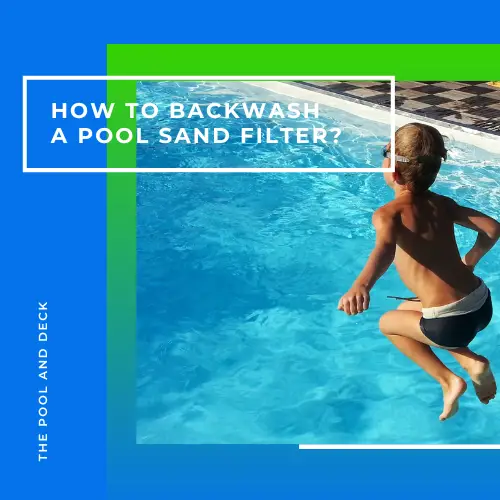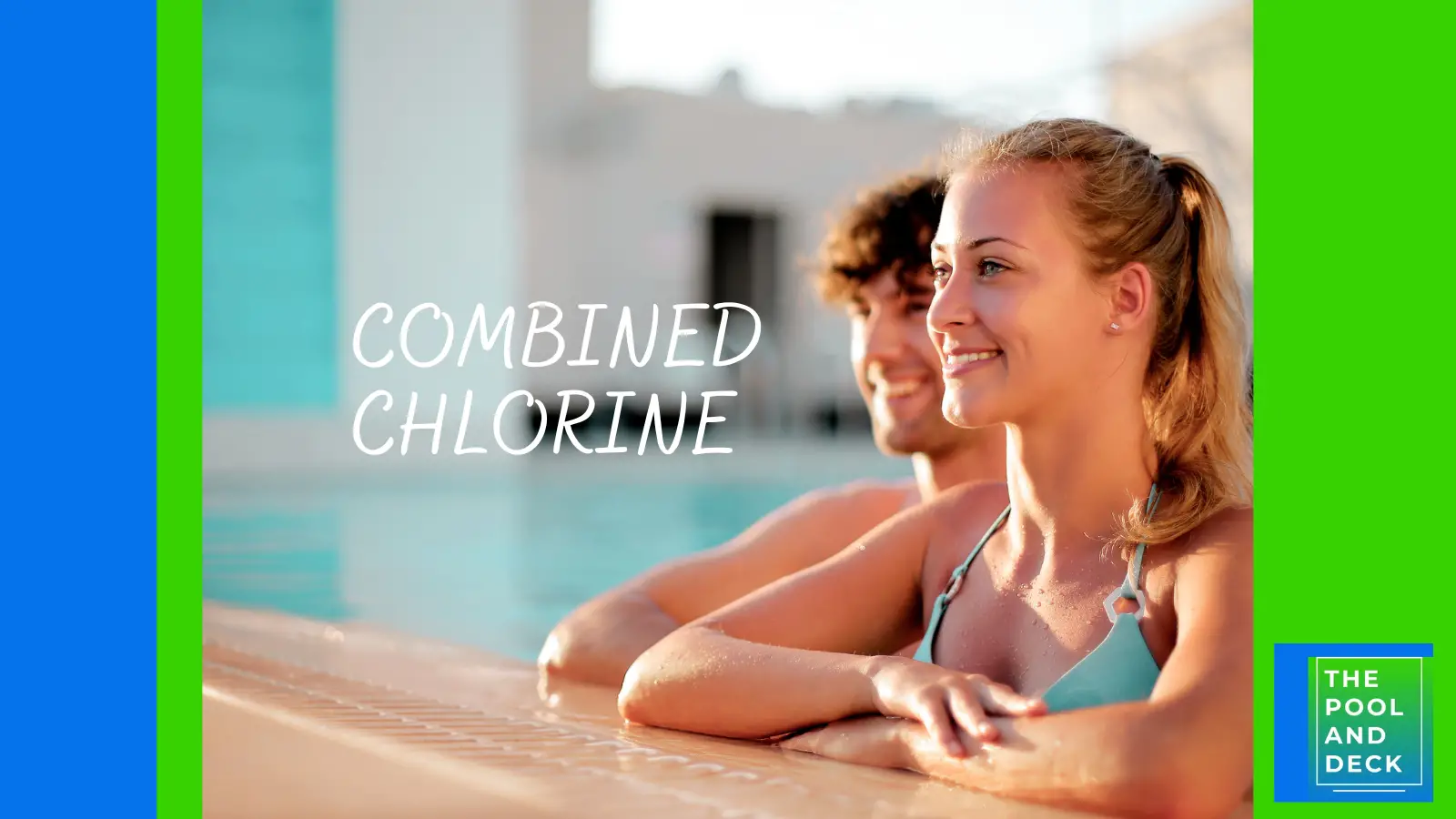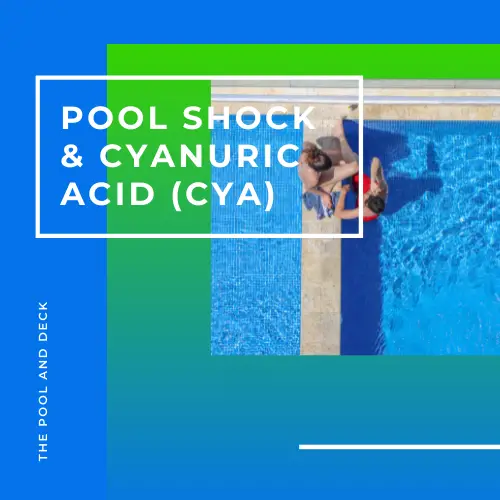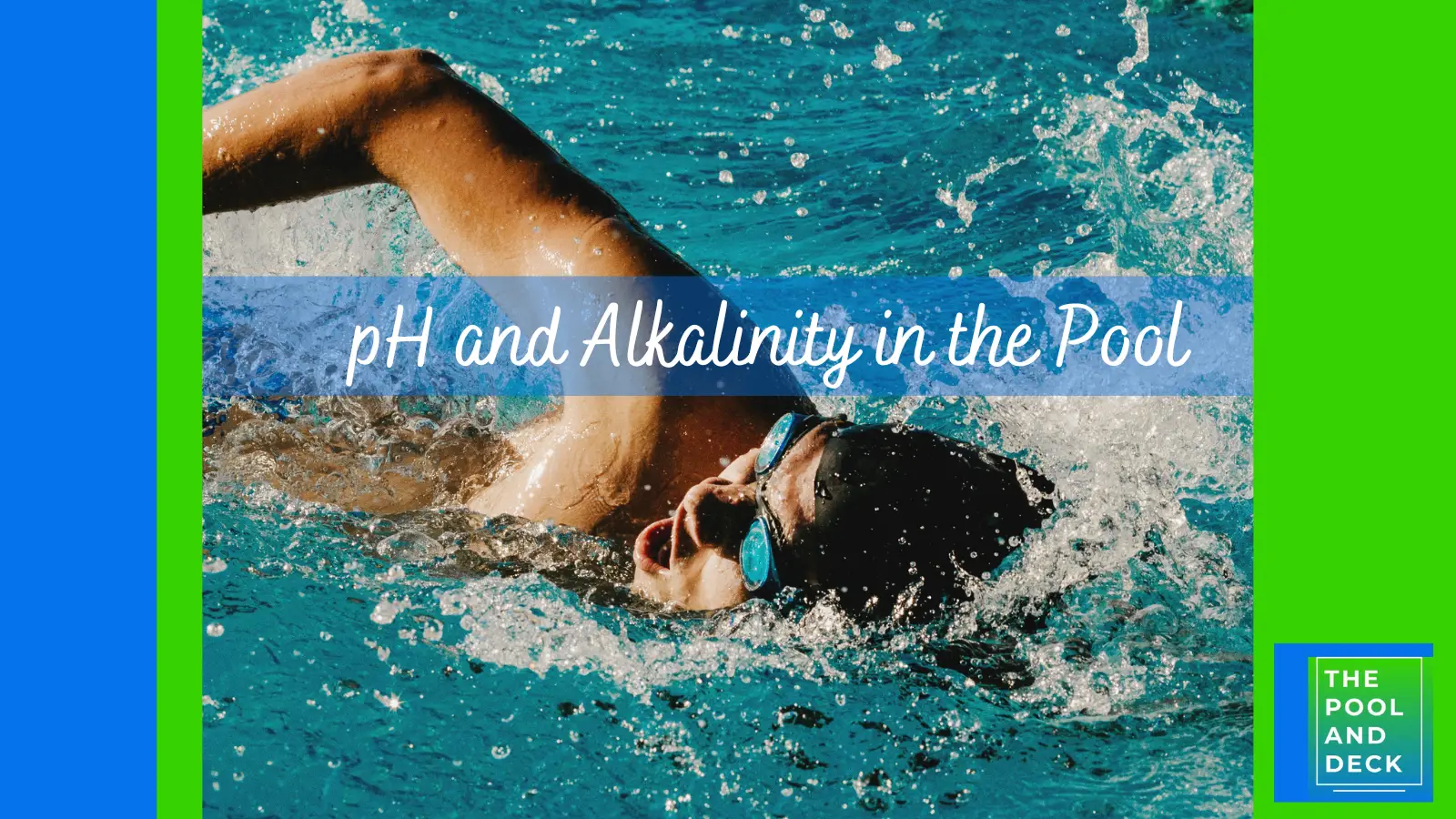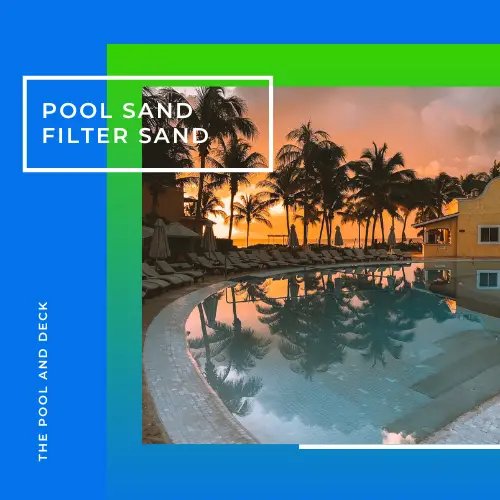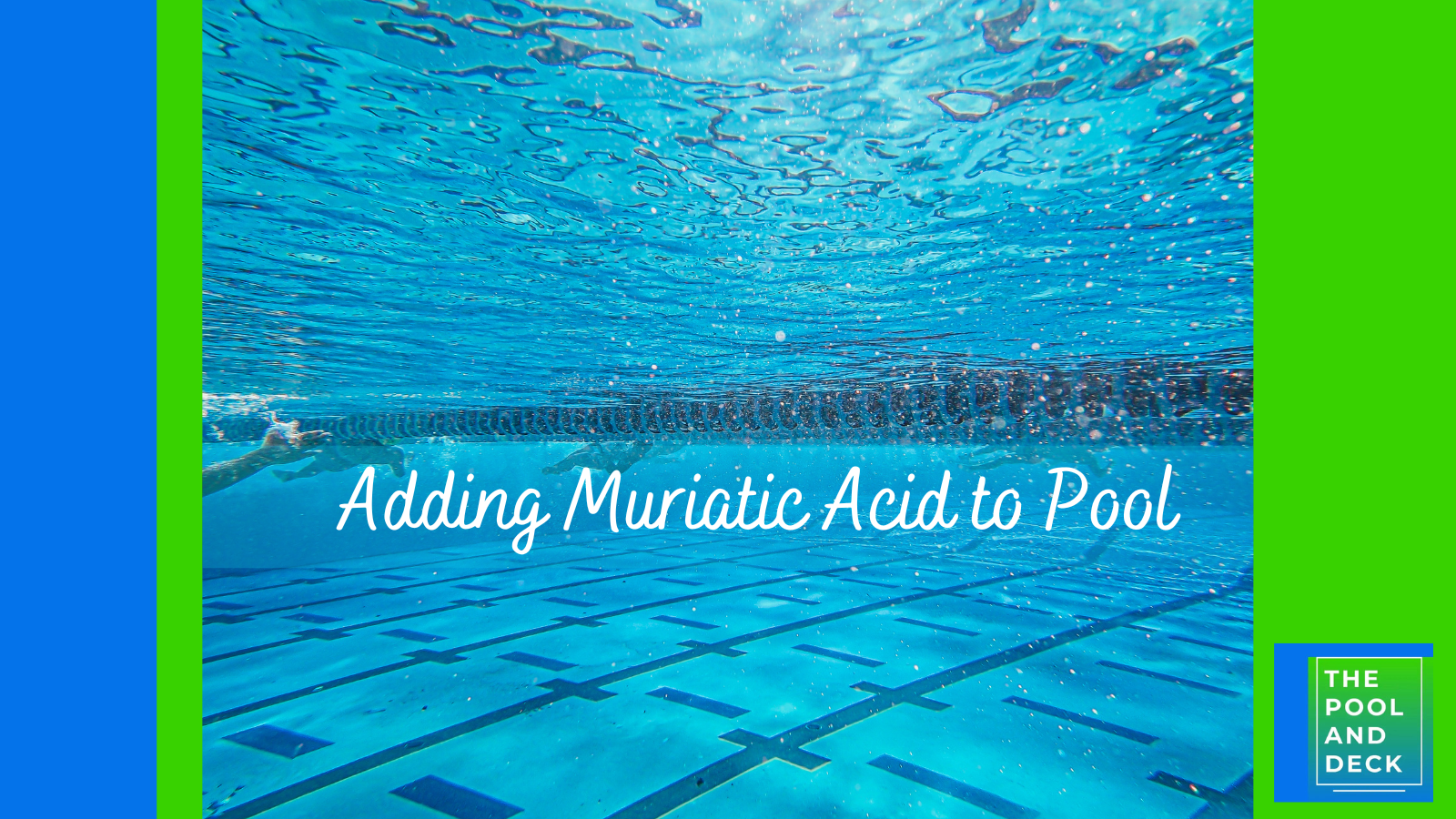Does Algaecide Affect Pool Chemistry? (One Super Helpful Guide!)
As an Amazon Associate, I earn from qualifying purchases.
Table of Contents
Does Algaecide Affect Pool Chemistry?
As a pool owner. I am sure you would like to keep your pool safe for yourself, your family and your friends. For this you need to keep your pool clean and free from germs, bacteria and algae. Apart from regular brushing & water filtration you also need to add a variety of swimming pool chemicals such as chlorine & algaecide. Now, Does Algaecide Affect Pool Chemistry?
Addition of Algaecide does affect pool chemistry, but not directly. The five most important measures of pool chemistry are 1) Chlorine Level, 2) pH Level 3) Alkalinity, 4) Calcium Hardness & 5) Cyanuric Acid Level. These measures are affected not only by the chemicals added to the pool but also by the level of contaminants, sunlight, temperature etc.
Algaecides are instrumental in preventing the growth of algae. Algaecides work by disrupting energy transport, cell division, or the cell membranes of the algae. Even if this does not kill the algae it weakens them. It makes it easier for the chlorine to kill the algae.
Any reduction in algae in your pool will have a direct impact on the five important pool chemistry measures. Since the addition of an algaecide helps in reducing algae, it indirectly affects each of the five measures in some way or the other.
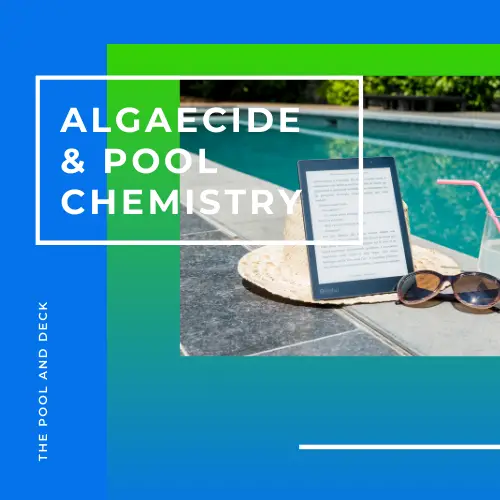
Does Algaecide Affect Chlorine Level?
Both Algaecide and Chlorine are necessary to kill algae and keep them at bay. The two chemicals work hand in hand but their addition to the pool needs to be coordinated.
Algaecide should never be added if chlorine levels are higher than 5 ppm. Chlorine reacts with the ingredients of the algaecide and destroys them.
Regular Pool Functioning
Free chlorine (FC) is constantly being added to the pool either from the chlorine tablets in the floaters or from the pool chlorinator. The free chlorine (FC) is in the form of Hypochlorous Acid (HOCl). The free chlorine (FC) is what kills the algae.
The free chlorine (FC) level should always be between 1 and 4 ppm. The ideal level is 3 ppm. If less than 1 ppm your pool is at serious risk of harboring algae & bacteria. If over 4 ppm you may get itchy skin and burning eyes after a swim.
Algaecides should be added once a week, without fail. Make sure to run the pool filter for 2-4 hours to ensure the algaecide is evenly distributed across the entire pool.
Algaecide will prevent the growth of algae and will work as a backup to the chlorine, should free chlorine (FC) fall below 1 ppm.
Algaecide reduces chlorine loss when it is at low levels by killing some algae and preventing further algae growth.
Pool Shock
When shocking the pool, Algaecide should not be added along with the shock. Shock will take the free chlorine (FC) level to over 10 ppm (even 25 ppm or more if you are trying to clean green pool water quickly).
Algaecide should only be added once the shock process has been completed and the free chlorine (FC) level is 5 ppm or lower. You know that the shock process is over if the free chlorine (FC) starts dropping less than 1ppm overnight.
Algaecide does not affect the free chlorine (FC) level, but the free chlorine (FC) level has to be checked before algaecide is added. Algaecide should not be added if the free chlorine (FC) level is higher than 5 ppm.
Does Algaecide Affect pH?
Algaecide is added to the pool as a support to the chlorine. Algaecide helps weaken the algae so that chlorine has an easier job killing them.
Algaecide, by itself, does not affect the pH of the pool.
But the addition of algaecide hastens the process of the chlorine killing the algae. As the algae starts to die, the demand on the chlorine starts dropping.
As less and less chlorine is required to kill the algae, the chlorine level in the pool starts rising. Higher the chlorine level, lower the pH and higher the acidity of the pool water.
The balance between free chlorine (FC) and the algae still remaining, is to a degree, responsible for the pH level of the pool water.
Algaecide does affect pool chemistry as it kills algae, lowers pH level and increases free chlorine (FC) level.
Does Algaecide Affect Alkalinity?
The pH of your pool water is not the same as the alkalinity of your pool. The pH of water is a measure of the hydrogen (acid ions). Alkalinity is a measure of the carbonate & bicarbonate levels in the water.
Alkalinity and pH are closely related. An increase in algae in the pool will increase alkalinity and will also increase pH. The percentage increase may not be the same though.
Alkalinity is measured on a linear scale, whereas pH is a logarithmic scale.
Pool water with an alkalinity level of 110 is 10% more alkaline than pool water with an alkalinity level of 100. However, pool water with a pH of 6.0 is not 10% more acidic than pool water with pH of 6.6. It is 10X times more acidic.
Algaecide does affect pool chemistry by killing algae and reducing the alkalinity level of your pool.
If the alkalinity of your pool is less than 80, after shock and adding an algaecide, you will need to increase the alkalinity by adding Baking Soda.
Does Algaecide Affect Calcium Hardness?
Calcium Hardness is a measure of the amount of Calcium salts, mainly Calcium Chloride (CaCl2) present in your pool. It is OK to have a calcium hardness level in the 150-400 ppm range. However, for well balanced pool chemistry aim for keeping calcium hardness in the 200-300 ppm range.
Low calcium hardness results in aggressive pool water, which will eat into the pool surface, equipment and other metallic objects such as ladders. High calcium hardness will make your pool cloudy and result in scaling.
Low calcium hardness can also increase the likelihood of algae growth as pitted surfaces give algae a foothold. As a result more chlorine and algaecides are required to keep algae growth in check.
Algaecides do not affect the calcium hardness level of your pool. Nonetheless, calcium hardness is an important measure of pool water chemistry.
You should measure and adjust calcium hardness after adding algaecide subsequent to shocking your pool.
Does Algaecide Affect Cyanuric Acid Level?
Cyanuric Acid is a pool stabilizer and is used to stabilize the chlorine level of the pool. Chlorine is the sanitizer that kills pathogens and algae in your pool. However, free chlorine (FC) depletes fast when exposed to UV radiation in sunlight.
Cyanuric Acid prevents this depletion. Think of Cyanuric Acid as a sunscreen for your pool.
When algaecide levels are low or non-existent in your pool you need more chlorine to kill algae and to maintain the ideal chlorine level of 3 ppm. Consequently. You need more Cyanuric Acid to protect the chlorine from sunlight.
So algaecides, indirectly, affect Cyanuric Acid levels in your pool.
Recommended Swimming Pool Chemicals
Best All Purpose Algaecide
Kem-Tek Pool & Spa Concentrated Algaecide is very effective for prevention of algae and also helps to clarify cloudy pool water. It has a non-foaming formula and can be used in all types of pools. Order from Amazon using the link below:
Kem-Tek Pool and Spa 60-Percent Concentrated Algaecide, 1 Quart 2 Pack
Best 3″ Chlorinating Tablets
The HTH Super 3″ Chlorinating Tablets are an effective swimming pool water sanitizer. These convenient and easy to use tablets are formulated to protect against chlorine loss in direct sunlight and can be used in feeders. They are designed to dissolve slowly to provide a steady source of available chlorine. Order from Amazon using the link below:
HTH Pool Sanitizer 3″ Chlorinating Tablets 4-in-1, 20 lb
Best Multi-purpose Pool Shock
Aqua chem Shock Xtra Blue is suitable for use in all types of pools, including salt water pools, above-ground pools and inground pools. It kills algae, bacteria, and chloramines, effectively and fast. It will make your pool crystal-clear blue and sparkling clean again. Order from Amazon using the link below:
Aqua Chem 5-Pack Shock Xtra Blue for Swimming Pools, 5 Pounds
Bottom Line
The bottom line is that algaecides do not affect pool chemistry directly. However, algaecides do affect all measures of pool chemistry, indirectly, because of their impact on algae levels in your pool.
Thank you very much for reading the post. I do hope you found it informative and helpful.

